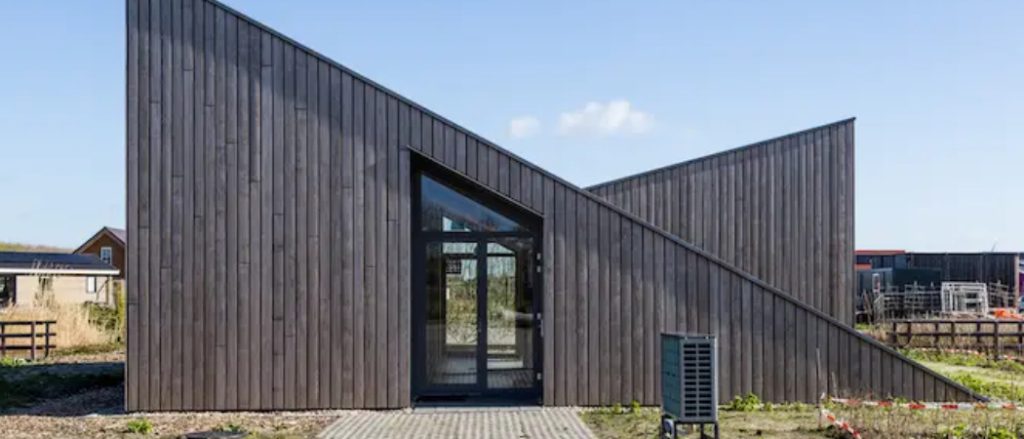In recent years, the popularity of tiny houses has revolutionized how we perceive home living. The tiny living movement is not just about downsizing; it’s about creating efficient, functional spaces tailored to the owner’s needs.
But what about inclusivity?
Enter the world of wheelchair accessible tiny house plans, a niche yet significantly important sector in the tiny home industry that ensures everyone can enjoy the benefits of tiny house living.
In this guide, we delve deep into the nuances of planning and designing a wheelchair accessible tiny house, helping you carve out your perfect private space.
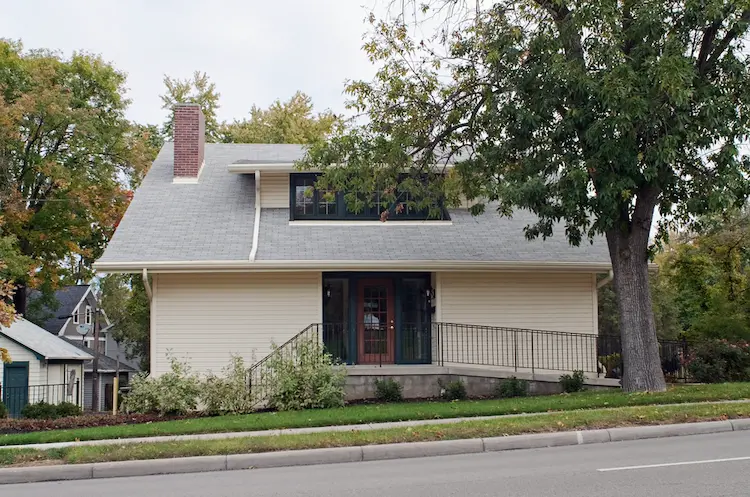
Understanding Wheelchair Accessibility
Definition and Importance
Understanding wheelchair accessibility is the cornerstone of building an accessible tiny house. It goes beyond just adhering to ADA requirements;
it’s about fostering a living environment where everyone can live comfortably and independently, regardless of physical ability.
From ensuring easy maneuverability with spacious corridors to installing roll-in showers in the bathroom, every detail counts in crafting wheelchair accessible tiny house plans.
Legal Requirements and Standards
Regarding accessible tiny homes, meeting legal standards is not just a great idea; it’s a necessity.
Adherence to regulations ensures that your tiny house meets the necessary safety and accessibility standards, providing a secure and comfortable living space for individuals with mobility challenges.
It is advisable to consult with experts in the field, such as Larry’s Home Designs, to ensure your home is code compliant and meets all the necessary standards.
Benefits of an Accessible Tiny House
An accessible tiny house offers many benefits, including the freedom of movement and living independently.
Such houses are designed with features that cater to specific needs, offering more storage options and spaces that are both functional and beautiful.
The genius idea behind wheelchair accessible tiny house plans is that they prioritize the user’s comfort, making daily life manageable and enjoyable.
Starting with the Basics – Floor Plans
Understanding Floor Plans
Embarking on your tiny home journey begins with understanding floor plans. These are the blueprints of your home, illustrating the layout of various rooms, including the bathroom, bedroom, and dining room.
A well-thought-out floor plan is the foundation of a successful wheelchair accessible tiny house, ensuring that every square inch of space is utilized efficiently, promoting easy navigation and comfort.
The Role of Floor Plans in Wheelchair Accessibility
Floor plans play a pivotal role in wheelchair accessible tiny house plans. They dictate the flow of the house, ensuring that there is sufficient space for wheelchair maneuverability.
For instance, considering a lowered section in the kitchen can facilitate easy access to countertops and appliances.
Moreover, incorporating a roll-in shower in the bathroom design can enhance accessibility, providing a comfortable and safe shower space.
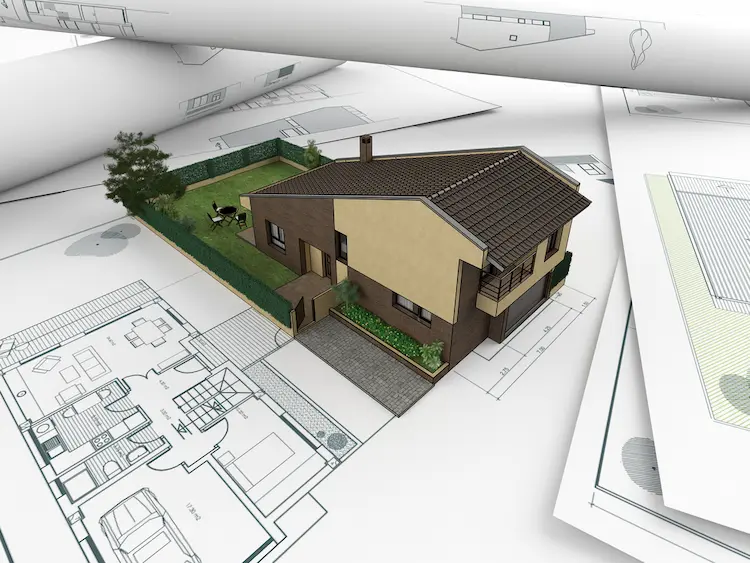
Popular Floor Plan Options and Their Features
There are several popular options to consider when it comes to tiny house plans. Some plans emphasize an open concept, integrating the living room, dining room, and kitchen into a cohesive space.
Others might focus on maximizing storage, incorporating loft spaces and multi-functional furniture. Choosing a floor plan that meets ADA requirements and resonates with your style and needs is essential, creating a home that is both accessible and reflects you.
Essential Features of a Wheelchair Accessible Tiny House
Door Widths and Pathways
In crafting wheelchair accessible tiny house plans, one of the foremost considerations is the width of the doors and pathways. Ensuring that doors are wide enough to accommodate a wheelchair is not just adhering to ADA requirements;
it is about facilitating ease of movement. Opt for doors bought locally, which can be customized to your specific needs, creating a home that is truly accessible. Moreover, pathways should be designed to allow smooth navigation, avoiding any potential obstacles that might hinder movement.
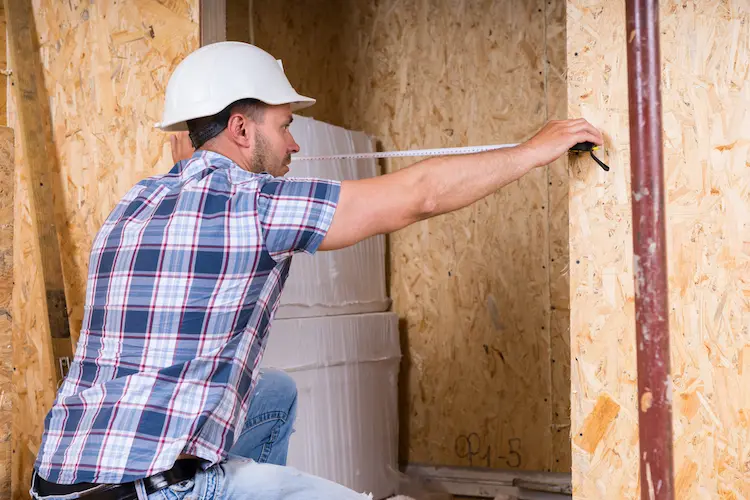
Flooring Materials
The flooring material in an accessible tiny house is more than just a design element; it holds the key to safety and comfort. Flooring materials should be non-slip and easy to maintain, providing a safe environment for wheelchair users.
Consider aesthetic and functional materials, such as structural insulated panels, which offer durability and style.
The floor system should facilitate easy movement, avoiding uneven surfaces that might pose a challenge to wheelchair users.
Bathroom and Kitchen Designs
The bathroom and kitchen are vital spaces in any home, and in a wheelchair accessible tiny house, these rooms demand special attention. In the bathroom, features such as a roll-in shower enhance accessibility, providing a comfortable shower space.
On the other hand, the kitchen should be designed with lowered sections to facilitate easy access to countertops and appliances.
Installing adjustable sinks is a genius idea, allowing for a kitchen space that can be customized to meet individual needs.
Storage Solutions
Storage solutions are a cornerstone in maintaining an organized and functional space in tiny house living.
Wheelchair accessible tiny house plans should incorporate storage solutions that are both accessible and innovative.
Consider loft spaces for storing items that are not frequently used, and ensure that daily necessities are stored at a reachable height.
Integrating storage spaces within furniture can be a great way to maximize space, offering more storage options without compromising on the style and aesthetics of the house.
Case Studies – Success Stories
Individual Case Studies of Successful Wheelchair Accessible Tiny Houses
In tiny houses, numerous success stories stand testament to the feasibility and comfort of living in a wheelchair accessible tiny house.
One such story is of a family in Southern Vermont who opted for a custom home design from Larry’s Home Designs, incorporating features such as a roll-in shower and a spacious dining room, creating a home that was not just wheelchair accessible but a warm, inviting space for the entire family.
Their tiny home is a beacon of inspiration, showcasing the potential of accessible tiny homes to offer comfort and style without compromising accessibility.
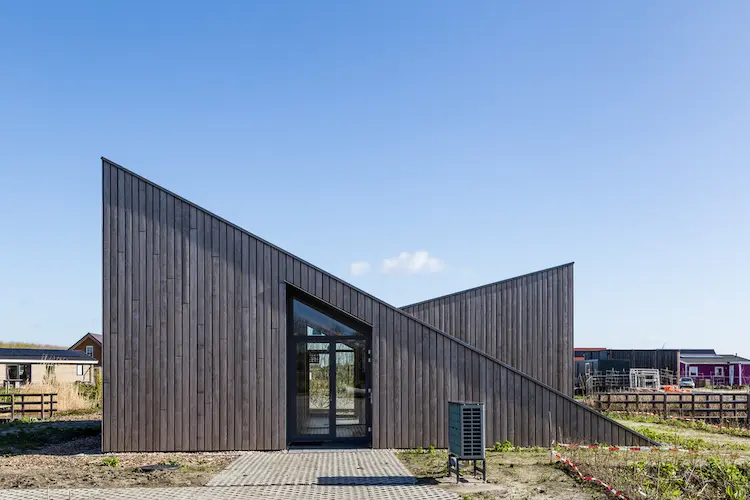
Lessons Learned from Real-Life Examples
Real-life examples offer a treasure trove of lessons for those interested in wheelchair accessible tiny house plans.
One of the crucial takeaways is the importance of a well-planned floor system, which incorporates features such as beam foundation and structural insulated panels, ensuring stability and insulation.
Moreover, considering the specific needs of the individual, such as incorporating a lowered section for easy access to amenities, can make a huge difference in the daily living experience in a tiny house.
Inspirational Stories to Motivate Readers
As we delve deeper into tiny house living, it is impossible not to be inspired by the stories of individuals who have transformed their lives through accessible tiny house living.
Take, for instance, the story of a young individual who, after a spinal cord injury, fully embraced tiny living.
Through careful planning and consultation with experts, they were able to design a house that not only met ADA requirements but allowed them to live comfortably and independently, showcasing the true potential of wheelchair accessible tiny house plans.
Their home, equipped with features such as a spacious bathroom and a functional kitchen, stands as a testimony to the fact that with the right plans, anyone can create a home that is both beautiful and accessible.
Tips and Tricks for Building Your Wheelchair Accessible Tiny House
Budgeting Tips
Embarking on your wheelchair accessible tiny house journey requires meticulous budgeting. Consider setting aside a contingency fund to cover unexpected costs.
Additionally, researching and opting for affordable yet quality materials can significantly reduce costs. Remember, a well-budgeted tiny house project is the first step towards a comfortable and accessible home.
Finding the Right Contractor
Finding a contractor experienced in wheelchair accessible tiny house plans is crucial. Ensure they adhere to ADA requirements and have a portfolio of accessible tiny homes to showcase their expertise.
Consider reaching out to communities and forums for recommendations. Remember, the right contractor can bring your dream tiny home to life, blending functionality with style.
DIY Tips for Enthusiasts
For the DIY enthusiasts venturing into the tiny house world, it is essential to familiarize yourself with different aspects such as the floor system, electric conduit installations, and more.
Leveraging resources such as books and online tutorials can be a great starting point. Remember, a well-executed DIY project can result in a tiny home that truly reflects your personality while being wheelchair accessible.
Conclusion
Recap of the Key Points
We have traversed the landscape of wheelchair accessible tiny house plans, understanding the nuances of floor plans, essential features, and real-life case studies.
The journey to creating your dream tiny home is paved with informed decisions, from choosing the right contractor to meticulous budgeting.
Encouraging Readers to Take the Next Step
As you stand on the cusp of making your dream accessible tiny house a reality, we encourage you to take the next step confidently.
Leverage the tips and insights shared in this guide to create a home that is not just accessible but a warm, inviting space for you and your loved ones.
Closing Remarks
Remember, the goal is to create a space that caters to your needs while offering the comfort and functionality of a traditional home.
Here’s to building a home that is a true embodiment of accessibility and style!
